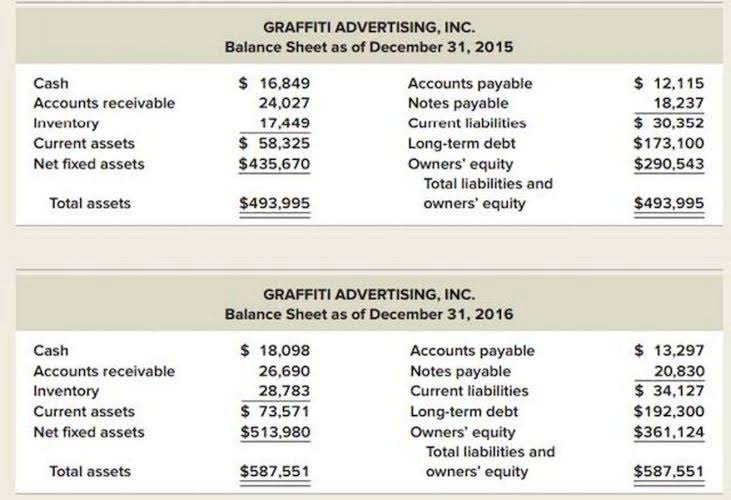
Two of them, however, relate to specific property loans as sometimes necessitated by covenants in bank loan agreements. This article focuses on helping investors calculate the DSCR for companies based on information from financial statements. The DSCR shouldn’t be used solely for determining whether a company is a good investment. Investors have many financial metrics available debt service coverage ratio formula in excel to them, and it’s important to compare several of those ratios to similar companies within the same sector. Also, please note that there are other debt service coverage ratios, including two of which relate to property loans that were not covered in this article. Creating a debt amortization schedule can be a helpful tool in analyzing debt repayment scenarios.
Return on Common Equity – ROCE Calculation, Formula – Corporate Finance Institute
Return on Common Equity – ROCE Calculation, Formula.
Posted: Wed, 02 Nov 2022 03:32:35 GMT [source]
The debt service coverage ratio is important because it shows a company’s ability to repay its debts. This is especially important for lenders, who want to make sure that they are lending to a company that can afford to pay back the loan. The debt-to-equity ratio is one of the most important ratios to calculate when analyzing your company’s debt. This ratio measures the proportion of debt to equity on your company’s balance sheet. A high debt-to-equity ratio indicates that your company is relying heavily on debt to finance operation, while low ratios suggest less reliance on borrowing. This ratio is used to determine how leveraged a company is and how much of a financial risk it is.
Debt Coverage Ratio Formula (DCR)
However, a high ratio can also signal financial distress and an inability to pay off debts in the future. Your credit score is a numerical representation of your creditworthiness and is based on your credit history. A high credit score can make it easier to obtain loans and credit, while a low credit score can make it more difficult and result in higher interest rates. As stated above, a DSCR of 1.0 or higher is considered good, while a ratio below 1.0 indicates that a company may struggle to meet its debt obligations.
The final step to get the DSCR is to use the debt service coverage ratio formula in which you take the annual net operating income figure you’ve found and divide that by the annual debt payments. By using debt service coverage ratio, companies and lenders can make informed financial decisions. Financial managers can use DSCR to determine whether a new loan is viable or to evaluate the financial health of an existing borrower. Lenders can use DSCR to ensure that they are investing in sound opportunities that are capable of generating reliable returns. By understanding this concept, companies and lenders can make more effective decisions while minimizing financial risk.
Debt Coverage Ratio (DCR)
The greater the uncertainty in cash-flows (CFADS), the higher, the buffer between CFADS and debt service. Upon adding all the principal components of the debt service up, that will calculate the debt size. Learn more about debt sizing here and learn to build macros to automate the process here. Here the formula is rearranged, and the debt service is calculated based off the forecast CFADS and specified DCR. If your NOI and ADS are exactly the same (say $7,000), then the ratio is 7,000 divided by 7,000, or exactly 1.00.
- The annual debt service is approximately $1.2 million, which we’ll confirm by calculating the principal and interest components separately.
- When you try to finance a property, the lender will examine the DCR to see if the property can expect to generate enough cash to cover its mortgage payments.
- By using debt service coverage ratio, companies and lenders can make informed financial decisions.
- Unlike corporate finance, in project finance lenders are paid back solely through the cash flows generated by the project (CFADS) and DCR functions as a barometer of health of those cash-flows.
- Calculating key debt ratios can give you valuable insight into your company’s financial health and help you make informed decisions about future investments.
Debt service in the real estate industry refers to the burden placed on a borrower after committing to a financing arrangement. We strive to empower readers with the most factual and reliable climate finance information possible to help them make informed decisions. Advisory services provided by Carbon Collective Investment LLC (“Carbon Collective”), an SEC-registered investment adviser. A higher ratio equates to a lower level of risk, and as a general rule, lenders are looking for a DSCR of 1.25. However, a lower DSCR may be acceptable for certain lenders, while others may be looking for an even higher ratio.
Determine Your Annual Net Operating Income
From the perspective of lenders, the factor that dictates if their target yield on the financing arrangement is met is the receipt of on-time payments without the borrower defaulting and becoming insolvent. Based on the terms previously discussed, this would change your total annual debt service to $444,000, and by extension, your DSCR also would change. The cash coverage ratio is an accounting ratio that is used to measure the ability of a company to cover their interest expense and whether there are sufficient funds available to pay interest and turn a profit. The borrower, a commercial real estate (CRE) investment firm, submitted the following pro forma financial data as part of the application process.
